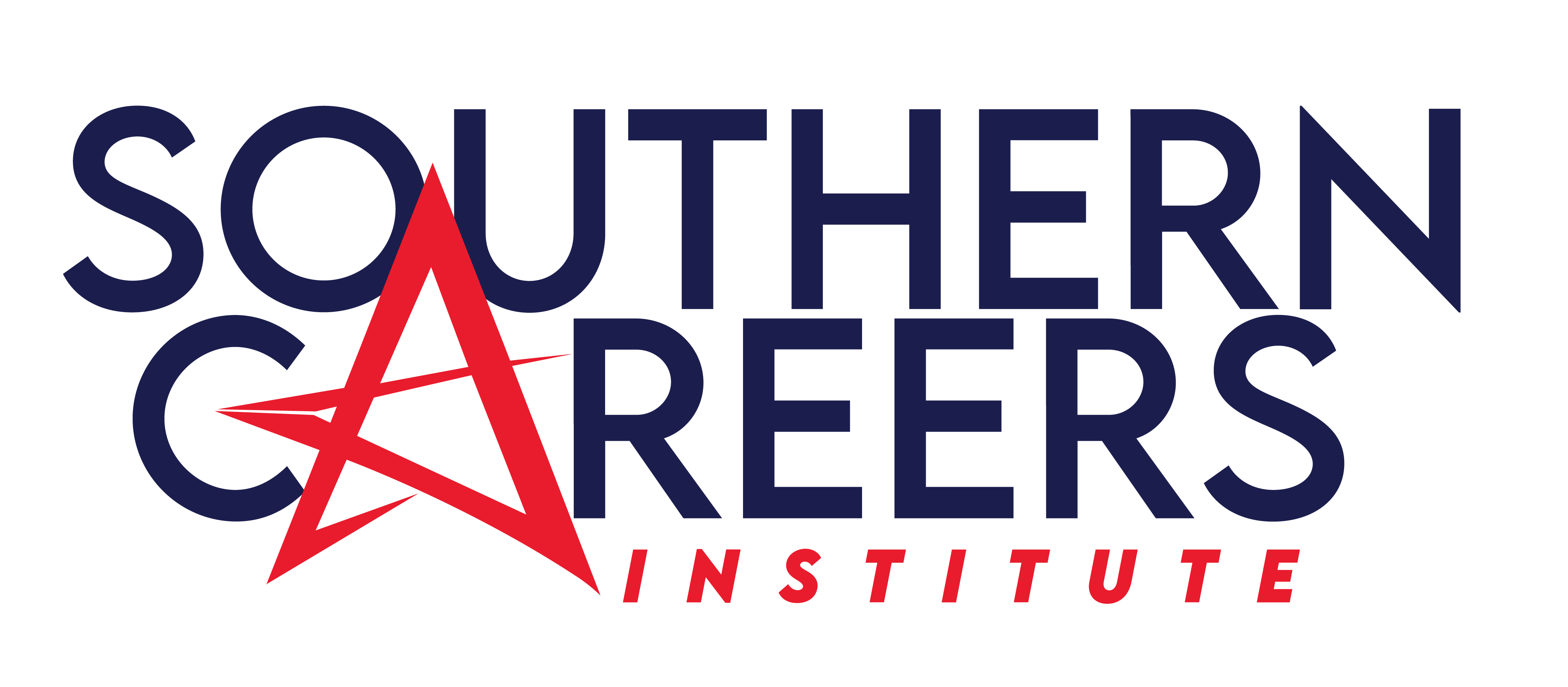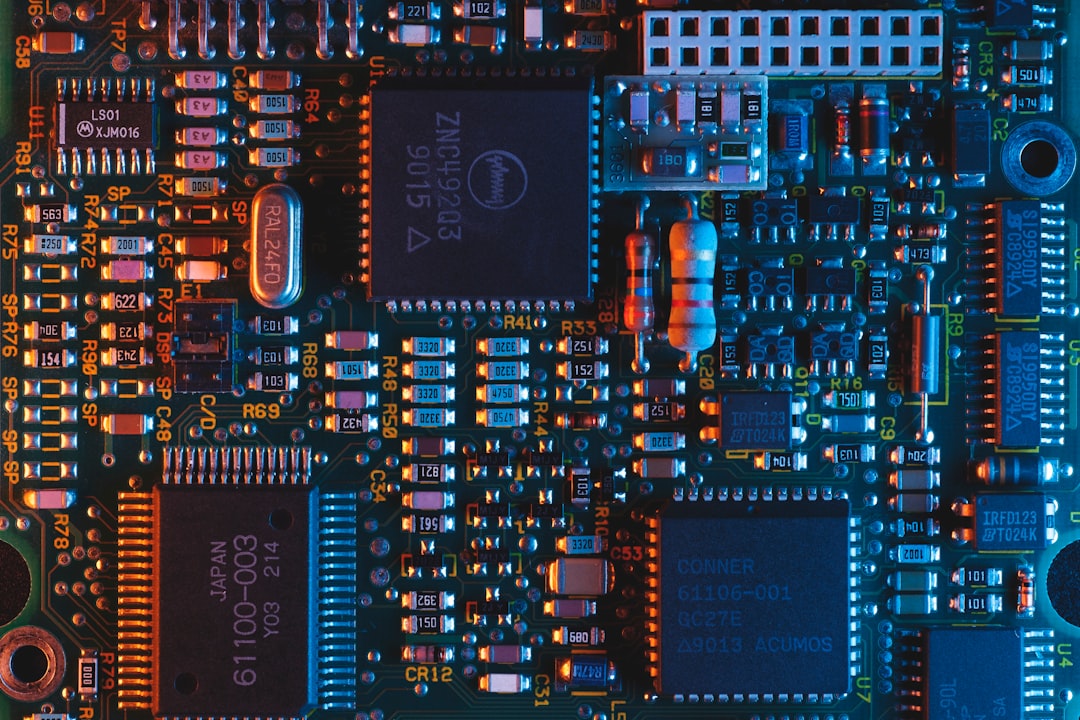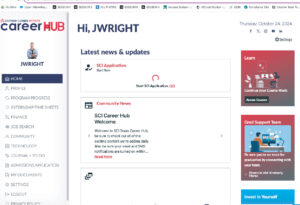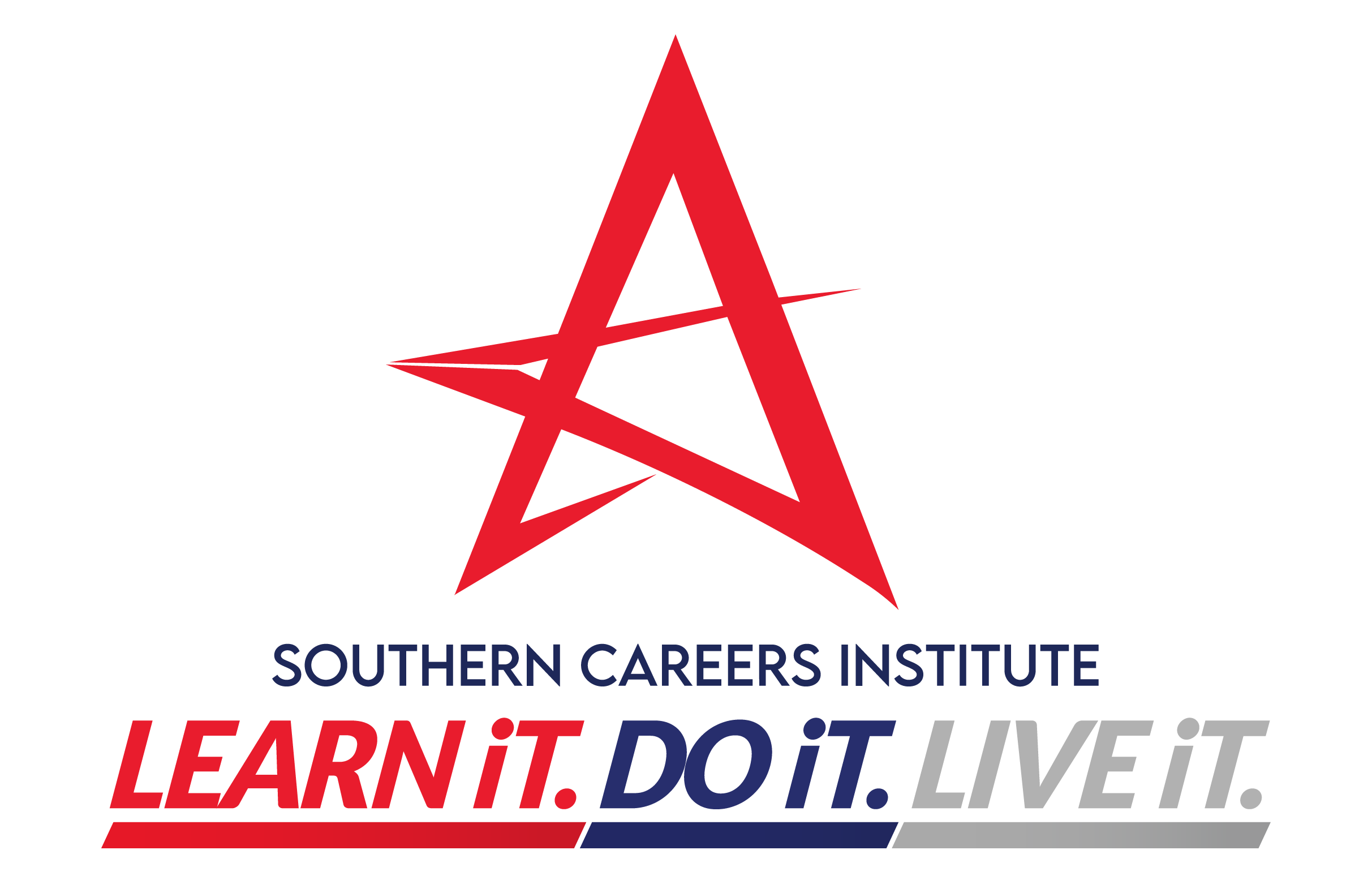SOUTHERN CAREERS INSTITUTE
Blog
Southern Careers Institute Hosts Successful Spring Festival at San Antonio Branch Campuses
Southern Careers Institute (SCI) proudly hosted its annual Spring Festival at both its San Antonio North and San Antonio South Branch Campuses, bringing the community together for a day filled with fun, food, and festivities. With over 30 local vendors participating at each location, guests enjoyed a variety of shopping, ...
Read More
SCI Launches CareerHUB Portal with a Chance to Win a Free Laptop
Austin, TX – Southern Careers Institute is committed to making education more affordable and accessible for students across Texas. As part of this mission, SCI is excited to launch the CareerHUB Portal, giving participants the opportunity to earn a chance to win a free laptop. CareerHUB is an easy-to-use platform designed to help ...
Read More
Trade School Benefits
Empowering the Next Generation: The Advantages of Early Vocational Education In today’s rapidly evolving job market, empowering the next generation with the right skills has never been more crucial, and early vocational education offers a promising pathway for high school students. By embracing the advantages of vocational education, students gain ...
Read More
Southern Careers Institute Corpus Christi Branch Campus Partners with Elevate 361 to Empower Young Adults
CORPUS CHRISTI, TX / AGILITYPR.NEWS / April 07, 2025 / Corpus Christi, TX – Southern Careers Institute (SCI) Corpus Christi Branch Campus proudly celebrates the one-year anniversary of Elevate 361, a dedicated young adult reengagement center in Corpus Christi, Texas. As a committed community partner, SCI Corpus Christi visits Elevate 361’s facility ...
Read More
Southern Careers Institute to Attend 2025 SkillsUSA Conference in Corpus Christi
CORPUS CHRISTI, TX / AGILITYPR.NEWS / March 31, 2025 / Corpus Christi, TX – Southern Careers Institute (SCI) is excited to announce its participation in the 2025 SkillsUSA Conference, taking place April 2nd-5th at the American Bank Center, located at 1901 N Shoreline Blvd, Corpus Christi, TX. Attendees can visit the SCI ...
Read More
SCI HVAC Graduate Launches Career with Beluga Air Through Workforce Partnerships
SAN ANTONIO, TX / AGILITYPR.NEWS / March 31, 2025 / San Antonio, TX – Southern Careers Institute (SCI) is proud to celebrate the success of Adrianna., a graduate of the HVAC program at SCI’s San Antonio North Branch Campus, who has secured a position as an AC Technician with Beluga Air. Through SCI’s strong ...
Read More
Southern Careers Institute Hosts 2025 San Antonio Spring Festival
SAN ANTONIO, TX / AGILITYPR.NEWS / March 26, 2025 / San Antonio, TX – Southern Careers Institute (SCI) is excited to announce its 2025 San Antonio Spring Festival, happening on Wednesday, April 16th from 3:00 PM to 6:00 PM at both the San Antonio North Branch and San Antonio South Branch Campuses. This event, supported by the San Antonio Spurs, will ...
Read More
Southern Careers Institute San Antonio South Branch Campus to Host Job Fair on March 21st
SAN ANTONIO / AGILITYPR.NEWS / March 13, 2025 / San Antonio, TX – Southern Careers Institute (SCI) San Antonio South Branch Campus is excited to host a Job Fair on Thursday, March 21st, from 10:00 AM to 2:00 PM at 238 SW Military Drive, Suite 101. This event is open to students, alumni, and the ...
Read More
How STEM Integration in CTE Prepares Students for Future Careers
How STEM Integration in CTE Prepares Students for Future Careers In today’s fast-paced and technology-driven economy, the integration of STEM (Science, Technology, Engineering, and Mathematics) into Career and Technical Education (CTE) programs is more crucial than ever. As the demand for skilled professionals continues to rise across various industries, educational ...
Read More
Understanding the Science of Skincare in Cosmetology Training
Understanding the Science of Skincare in Cosmetology Training In the ever-evolving world of beauty and wellness, understanding the science of skincare is a vital component of cosmetology training. As prospective and current students embark on their educational journey, they will delve into the fascinating realm of skin anatomy, gaining insights ...
Read More
Search:
Most Popular:
Categories:
Categories
- About SCI
- Administrative Assistant
- Automotive Service Technician
- Blog
- Brownsville
- Business Accounting Specialist
- Business Administration
- Career Services
- CDL-A
- Computer Support Specialist
- Corpus Christi
- Cosmetology
- Data Science
- Electrical Technician
- Financial Aid Services
- HVAC
- Management Associates
- Manicure Technician
- Medical Assistant
- Medical Billing And Coding Specialist
- Medical Billing Coding Online
- Medical Office Specialist
- Mobile Application Developer
- Nurse Aide
- Online
- Pharmacy Technician
- Powered by WOZ
- Press Release
- Quiz
- San Antonio North
- San Antonio South
- SCI Spotlight
- Software Development
- Technical School
- Trade School
- Veterans & Military
- Vocational School
- Welding
